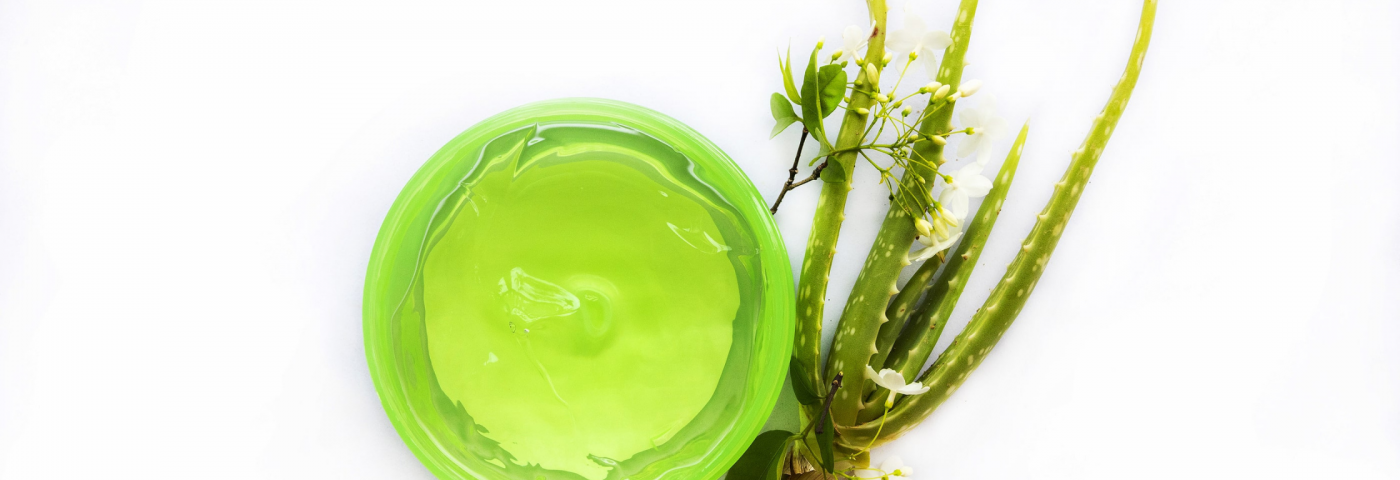Sustainable cosmetics is a hotly trending topic for the personal care industry, but how does a cosmetic chemist formulate to achieve this? Let’s delve a little deeper in to how you can formulate more sustainable cosmetic products to meet the rising demand…
#1: Formulate waterless cosmetics
Going waterless with cosmetic formulas not only helps save one of the world’s most precious resources – water – it also saves on shipping costs. Did you know, most cosmetic formulas are between 60 – 80% water, and sometimes more? This means a lot of the cargo size and weight is water.
Formulating waterless bar products, however, is not without its challenges! These are concentrated forms of cosmetic products, so need to be formulated differently to regular cosmetic products. The first issue you will face is getting the bar strength just right, and once you’re over that cosmetic formulation hurdle, you’ll then need to make sure you effectively mimic the performance of the traditional (water containing) form of the cosmetic product. Since rubbing a bar with water is a very different sensory experience to a face cream or shampoo, it can mean a period of adjustment for your consumer. However, you should be trying to ensure the performance and sensory experience, once mixed with water, mimics the regular form of the cosmetic product as much as possible.
When formulating waterless cosmetic products, you will also need to remind your consumer to let the bar dry out rather than sit in water. Make sure you consider the packaging of the bar too – use sustainable packaging instead of shrink-wrap plastic packaging.
Alternatively, consider changing the water in a cosmetic formula with a water alternative or water replacement. For some cosmetic product forms, and some cosmetic active ingredients, this may be your required formulation solution.
#2: Upcycling
More and more cosmetic exfoliant agents are coming from upcycled sources: coffee grounds, shell husks, even dried plant parts. Upcycling is an easy message to tell your consumer, and shows you are being conscious of a trend known as ‘circular beauty’. It is also a great way of finding new innovations – you never know, your upcycling awareness may lead to the next big thing in cosmetic formulation!
#3: Carbon neutral ingredients
Suppliers are rising to the challenge of sustainable beauty with more carbon neutral cosmetic raw materials than ever before. Using enzymatic processes for esterification, suppliers are now providing a range of esters that avoid normally heat and energy intensive processes.
Plant based cosmetic ingredients are also utilising more energy friendly extraction methods. Fermentation is one means of low energy extraction to yield innovative active components with fast production rates; whilst another is the use of wild plants as bio factories. Speak with your suppliers about their sustainable cosmetic ingredient choices, or carbon neutral options, when starting your next formulation developments.
#4: Consider your packaging carefully
Using just recyclable packaging is not enough as the demand for sustainable cosmetic products grows. Cosmetic brands must use less packaging, ensure every packaging component used is recyclable, and avoid outer packaging unless absolutely necessary for regulatory (label/claims) or shipping (protection) purposes.
Rethink glass: it is energy intensive to produce, heavy to ship and needs excess packaging to protect breakages. Did you know: there is such a thing as upcycled packaging now? Old fishing nets collected from the ocean are now being converted into plastic packaging. There is also sugarcane bioplastic – a ‘natural’ plastic-like packaging that is just as versatile as regular plastic packaging. Think ‘sustainable’ when you think ‘packaging’ and investigate the latest options for your future developments.
#5: Skinimalism
For a consumer, skinimalism means using fewer cosmetic products that do more for you. Instead of using a four- or five- step cleansing and moisturising routine, consumers are now looking for one or two multi-functional cosmetic products that can achieve the same purpose.
For a cosmetic formulator, it means making multi-functional ingredient selections in every cosmetic formulation – so instead of using between twelve to twenty cosmetic ingredients in a product formulation, use multifunctional cosmetic ingredients to reduce this to just four to eight at the most. You’ll see cost savings on sourcing from different raw material suppliers, shipping and storage.
Make sustainability your business
Sustainability is what your consumer wants – so make it your business culture and reflect it in every product in your cosmetic range. From the start of your cosmetic product concept, through packaging selection, and even your marketing choices – make sure sustainability is your primary focus.
Encourage staff to make sustainable choices too – use less paper in the office or go paperless altogether! Eliminate unnecessary shipping and packaging steps, have recycling bins in the office and re-use and upcycle office items where possible too.
When its your business culture, it will be obvious in your cosmetic product range and company philosophy, and your consumer will notice it too.
Happy (sustainable) formulating!
Enjoyed this article? Get more by subscribing to our newsletter!
Feeling inspired to see ingredients and trends in action?
Then why not visit one of the in-cosmetics events around the world?

